Today we have another "free" tour with a live guide (we usually "donate" $20 to the guide at the end).
Before getting to the meeting spot, there's plenty of Warsaw sights along the way.
Modern first-world stuff:
"We create a team of experts in testing & analysis, consulting, and IT infrastructure, as well as Java, .NET, front-end, Big Data, Business Intelligence, Python, SharePoint, SAP ABAP, and Dynamics AX developers."
Before getting to the meeting spot, there's plenty of Warsaw sights along the way.
Modern first-world stuff:
"We create a team of experts in testing & analysis, consulting, and IT infrastructure, as well as Java, .NET, front-end, Big Data, Business Intelligence, Python, SharePoint, SAP ABAP, and Dynamics AX developers."
Gleaming glass and steel structures rise around the old Communist past.
"Peace in Ukraine" at the café.
They've even thrown off the confines of gravity.
The official tour begins...
The Nożyk Synagogue is the only surviving prewar Jewish house of prayer in Warsaw, built in 1898-1902 and restored after World War II. It is still operational and currently houses the Warsaw Jewish Commune, as well as other Jewish organizations.
The Nożyk Synagogue is the only surviving prewar Jewish house of prayer in Warsaw, built in 1898-1902 and restored after World War II. It is still operational and currently houses the Warsaw Jewish Commune, as well as other Jewish organizations.
Right next door, soaring modern skyscrapers.
Largely decimated by Nazi Germany, Warsaw is now a very modern looking place indeed...
...and continuing to build.
We're now within the boundaries of the WWII Jewish ghetto where the Nazi's forced thousands of Jews to live confined to a relatively small zone, as they organized the "final solution". This apartment has been left in place by Warsaw for possible future development as a monument to the Jewish plight.
...while the neighborhood continues to evolve out of the Communist's era following WWII.
Here's a building relic incorporated into a modern apartment dwelling - the original building, the relic, had been modified by the Nazis to serve as a portion of the Ghetto's containment walls. It's preserved here in the spirit of "never forget".
Here's a bronze placard showing where the Jewish Ghetto existed. The dark portion within it is a carve-out created to allow access by non-Jews to critical infrastructure (office buildings and the like).
Looking outward within the corridor.
A pedestrian bridge existed here to allow Jews to cross over the corridor. They would rush across this bridge, as Nazi's would take pot shots at them in harassment.
Young tour participants in front of a memorial representing one of the bridge columns.
St. Carlo Borromeo Church - "Designed by Henryk Marconi, built between 1841 and 1849, and modeled on the Santa Maria Maggiore Basilica in Rome. Miraculously it escaped WWII virtually intact, with only the presbytery sustaining damage." The church sits right at the end of the "corridor".
Communist-era government administration building.
The tour continues...
"Marek Edelman was a Polish political and social activist, and cardiologist. Edelman was the last surviving leader of the Warsaw Ghetto Uprising and after the war, remained in Poland and became a noted cardiologist. From the 1970s, he collaborated with the Workers' Defence Committee and other political groups opposing Poland's communist regime. As a member of Solidarity, he took part in the Polish Round Table Talks of 1989."
In the reconstruction after WWII, where the Nazis largely succeeded in destroying the city, neighborhoods were re-built upon rubble that was consolidated in place where it fell - note the raised strata under the buildings.
Murals of pop culture:
We finish the tour at the POLIN Museum of the History of Polish Jews, a museum on the site of the former Warsaw Ghetto. The Hebrew word Polin in the museum's English name means either "Poland" or "rest here" and relates to a legend about the arrival of the first Jews to Poland.
On the museum grounds stands "The Monument to the Ghetto Heroes" a monument commemorating the Warsaw Ghetto Uprising of 1943 during the Second World War. It is located at the spot where the first armed clash of the uprising took place.
The monument was built partly of Nazi German materials originally brought to Warsaw in 1942 by Albert Speer for his planned works. The completed monument was formally unveiled in April 1948.
The monument was built partly of Nazi German materials originally brought to Warsaw in 1942 by Albert Speer for his planned works. The completed monument was formally unveiled in April 1948.
Now in the museum, we see a recreation of the structure of a medieval synagogue.
Impressive exhibits lay out the Jewish history in eastern Europe.
A recreation of medieval synagogue interiors.
Heading "home", another look at St. Carlo Borromeo Church.

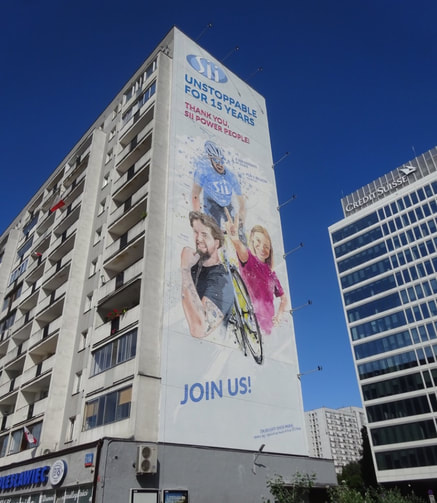
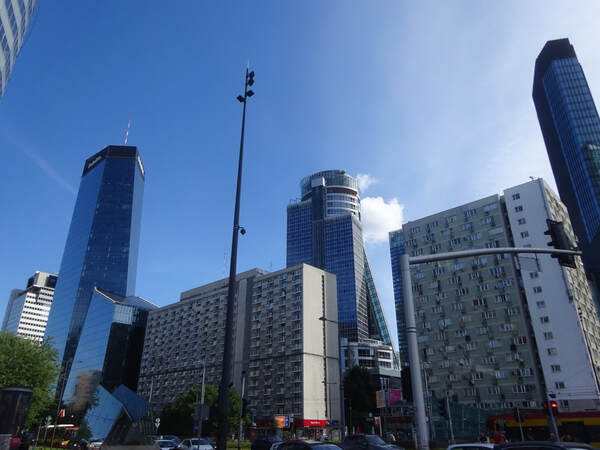












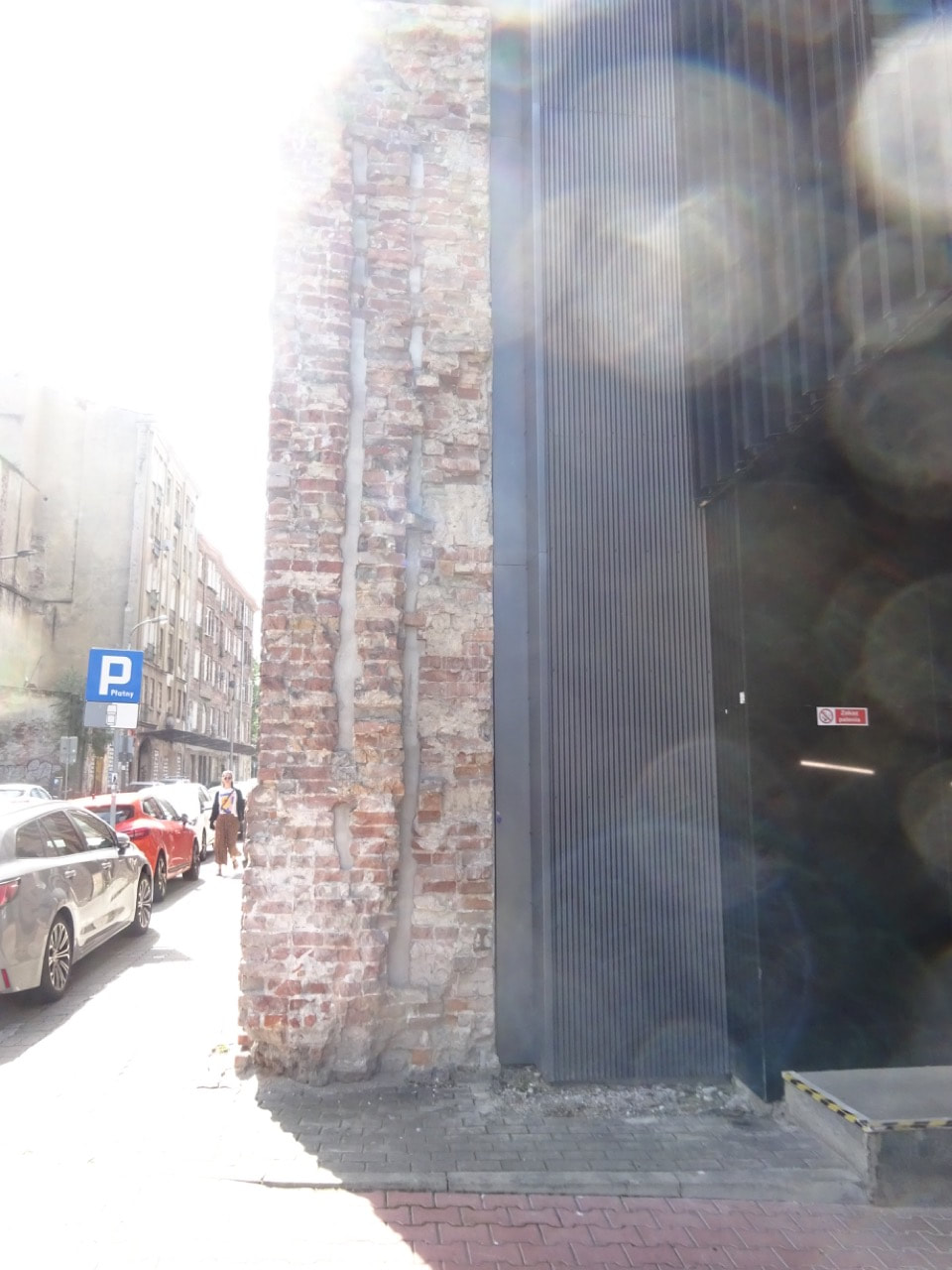






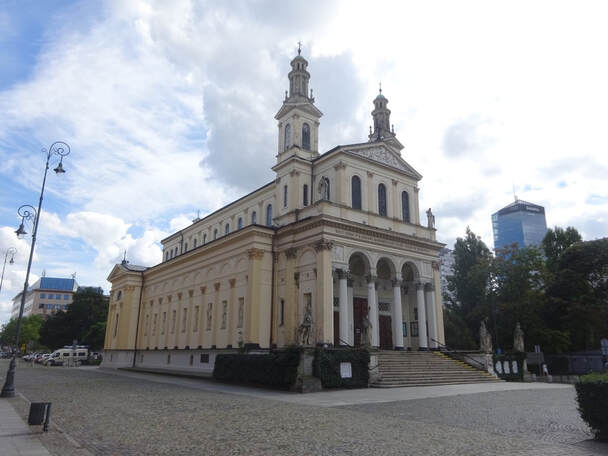














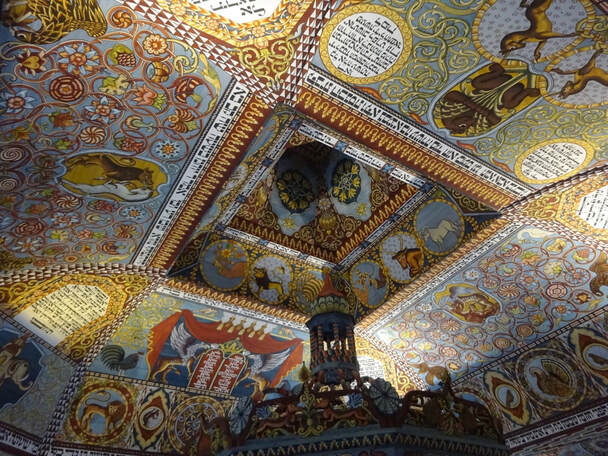


 RSS Feed
RSS Feed
